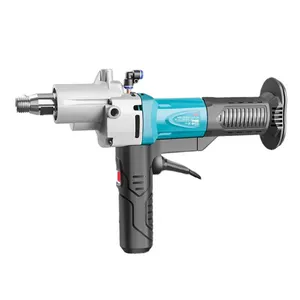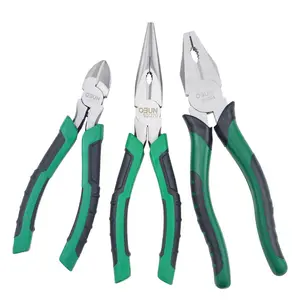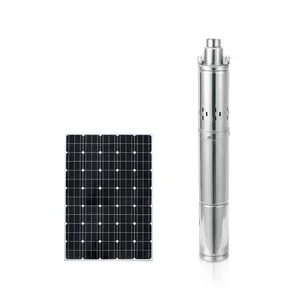Popular in your industry
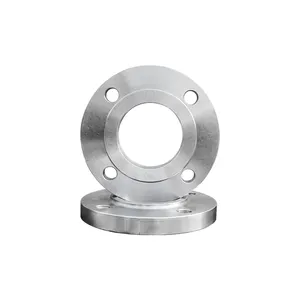

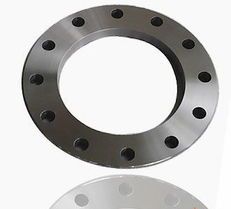

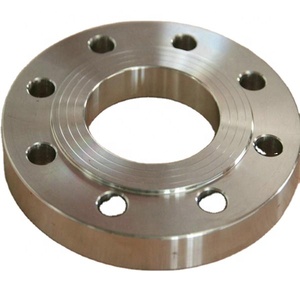




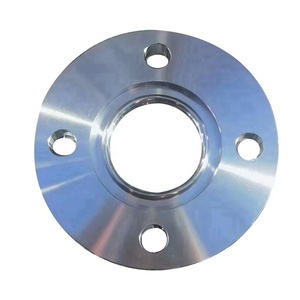

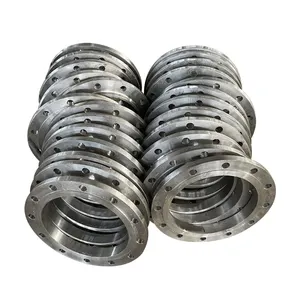



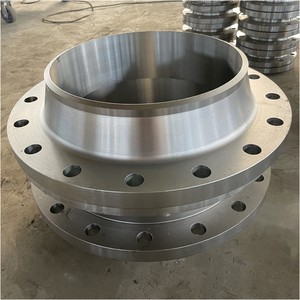



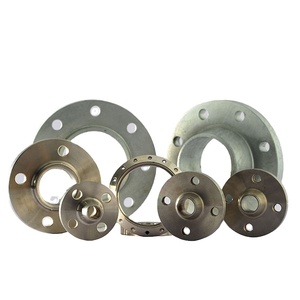
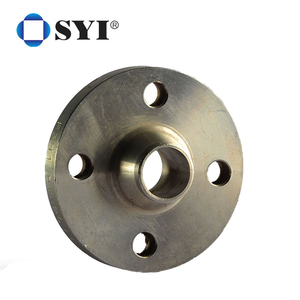
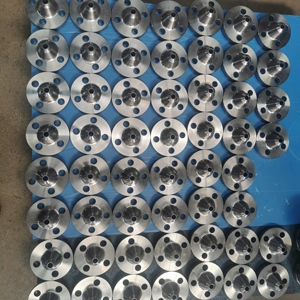




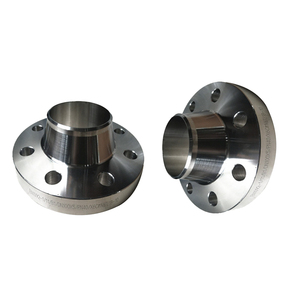





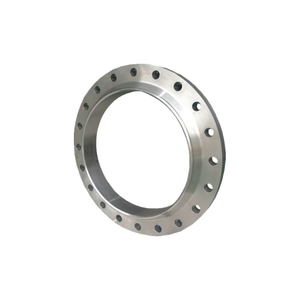
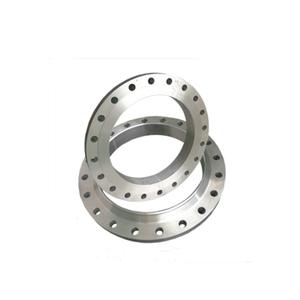

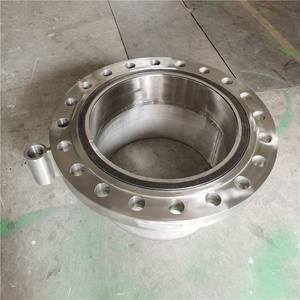









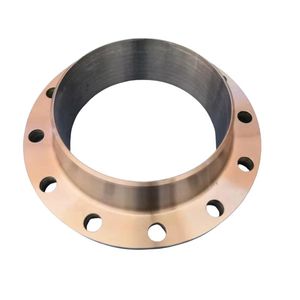

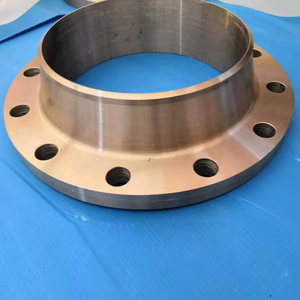
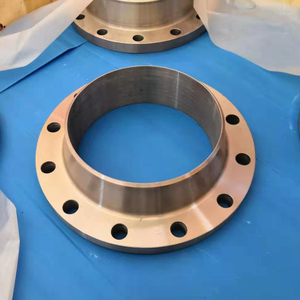
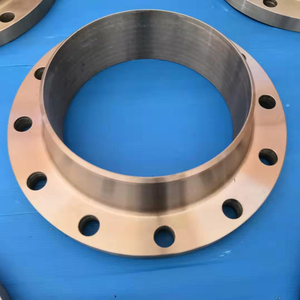






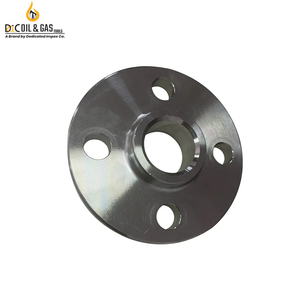
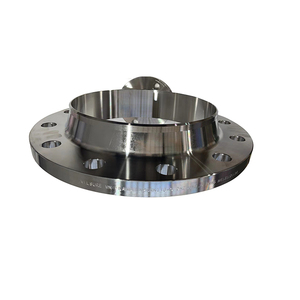








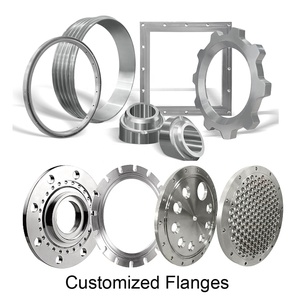





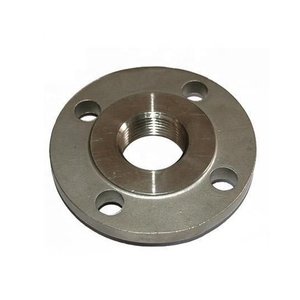


Top categories
About asme b 16.5 weld neck flange
Understanding ASME B 16.5 Weld Neck Flanges
The ASME B 16.5 weld neck flange is a critical component in various piping systems, designed to provide a high-integrity seal. These flanges are recognized for their protruding necks, which facilitate a smooth transition of stress from the flange to the pipe. They are integral in systems that handle high pressure, high/low temperatures, or other severe conditions.
Types and Features
There are several types of weld neck flanges, including the standard weld neck flange, long weld neck, and the reducing weld neck flange. Each type serves a specific function, with the standard being the most common for high-pressure applications. The long weld neck is often used in vessels, while the reducing weld neck is suitable for connecting pipes of different sizes.
Materials and Design
Flanges materials vary widely depending on the application. Common materials include carbon steel, stainless steel, alloy steel, and more exotic metals that cater to specific industrial needs. The design of an ASME B16.5 flange adheres to strict standards, ensuring compatibility and interchangeability across applications.
Applications and Advantages
The pipe flanges are utilized across various industries, from oil and gas to pharmaceuticals. Their design allows for easy access to a piping system for inspection, cleaning, or modification. The advantages of using an ASME B16.5 weld neck flange include its durability and ability to withstand high stress due to its tapered neck.
Selection Criteria
Choosing the right weld neck flange involves understanding the pressure class, material compatibility, and the type of fluid being transported. It is crucial to select a flange that matches the piping specifications to ensure a secure and leak-free system.
Installation and Maintenance
While installation and maintenance specifics are not provided, it is essential to adhere to proper procedures to maintain the integrity of the flange connection. Regular maintenance checks are recommended to prevent potential system failures.

